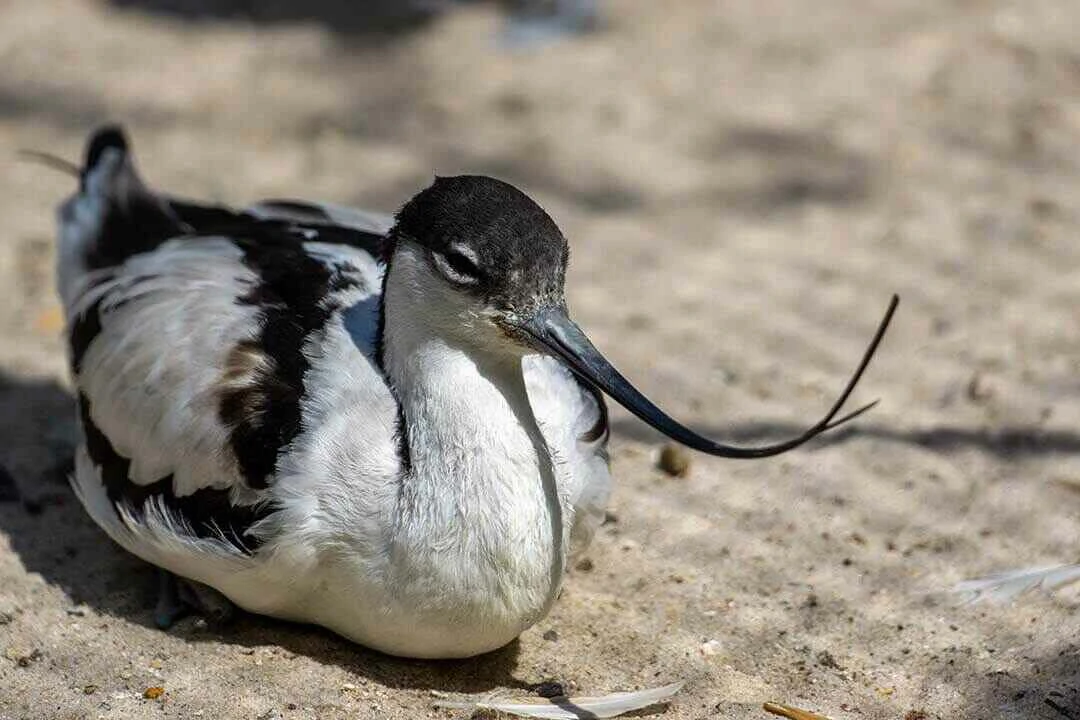
BIRDING IN
Lake Naivasha
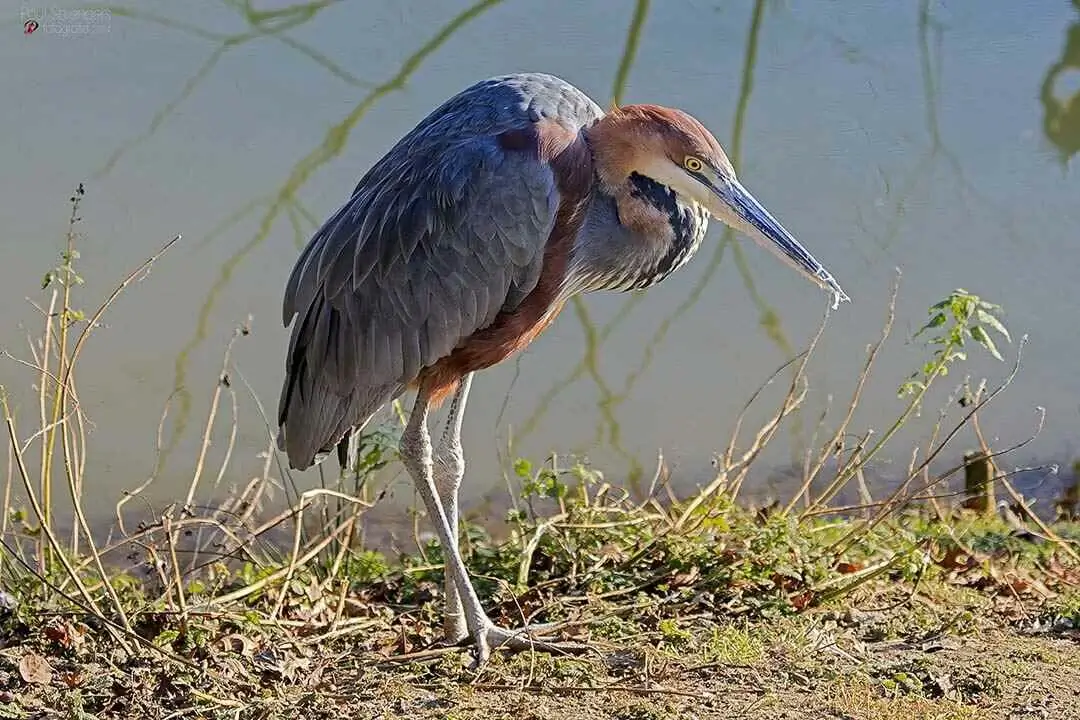
BIRDING IN
Lake Naivasha
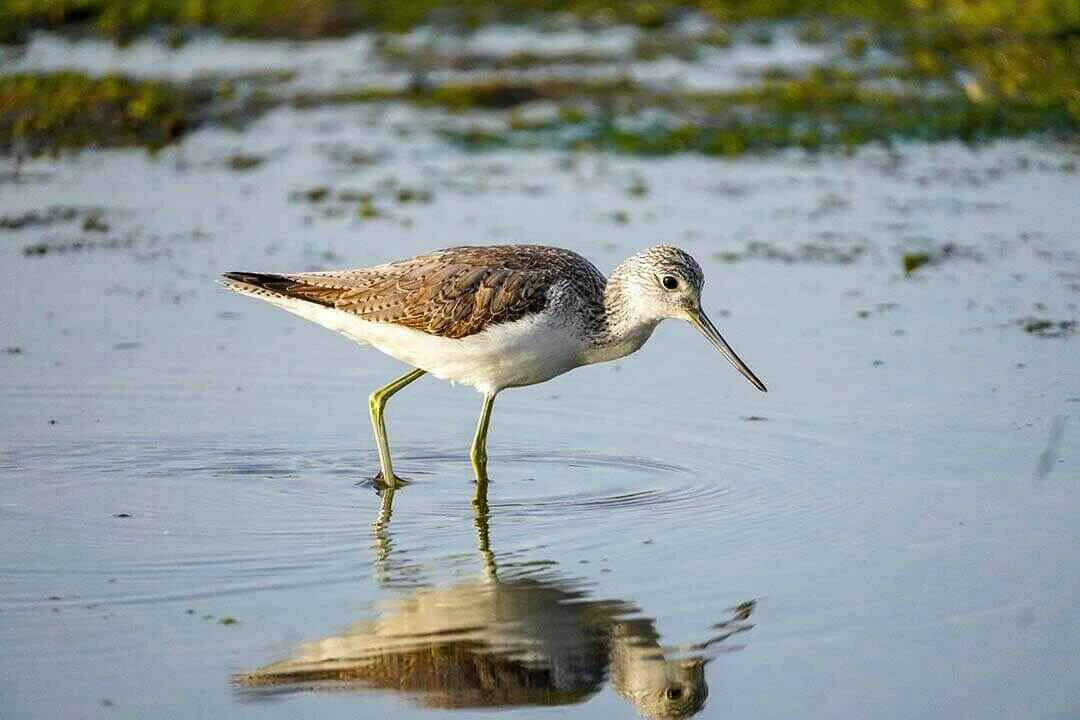
BIRDING IN
Lake Naivasha
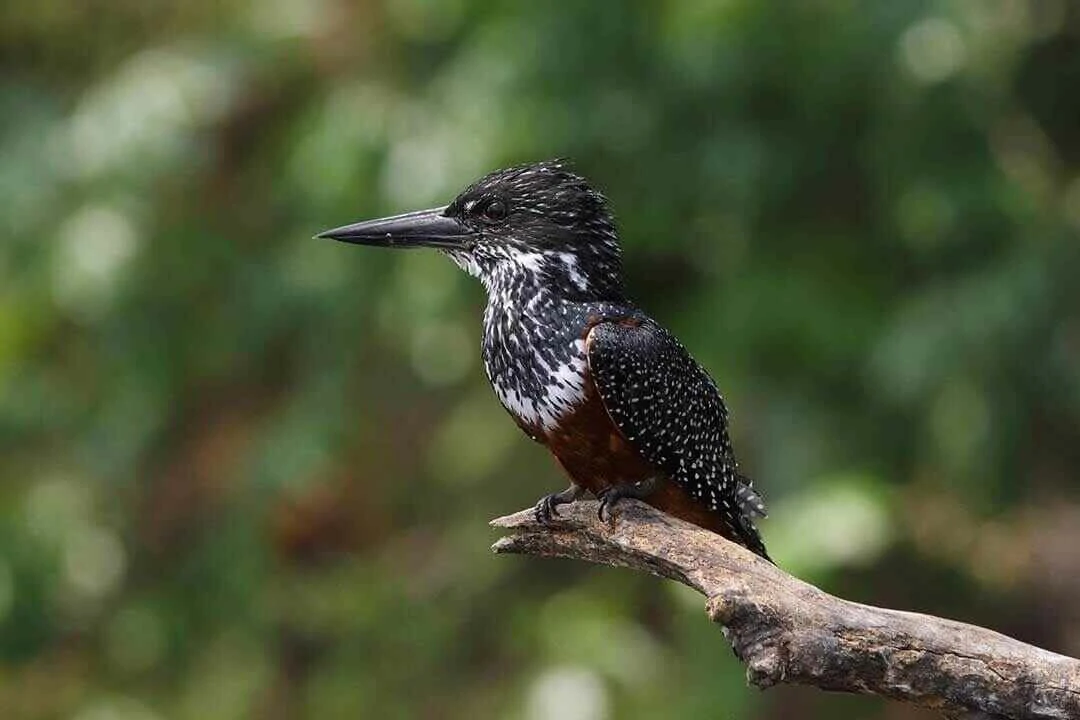
BIRDING IN
Lake Naivasha
Lake Naivasha is a Ramsar site located in the rift valley region with a size of23, 600 hactares with an Altitude 1,890 meters. This lake lies on the floor of the Rift Valley, 80 km north-west of Nairobi, and consists of a shallow freshwater lake (15,600 hactares) and its fringing Acacia woodland (7,000 ha). Lake Naivasha is of recent geological origin, and is ringed by extinct or dormant volcanoes, including Mountains Longonot, Ol Karia and Eburu. Naivasha's water is supplied by the permanent Malewa and Gilgil rivers, which respectively drain the Aberdare mountains (Important Bird Area KE001) and the Rift Valley floor to the north, by the seasonal Karati river (also draining from the Aberdares) and from substantial ground-water seepage. Naivasha has no surface outlet. The Malewa covers 1,730 kilometers squared of the 2,800 kilometers squared catchment, and contributes 90% of the surface water entering the lake.
It is thought that a combination of underground outflow and sedimentation of salts keeps the lake fresh, unlike other endorheic lakes in the eastern Rift Valley. Naivasha includes three chemically distinct water bodies. The main lake 15,000 hactares, maximum depth 8 m incorporates a partially submerged crater, the Crescent Island lagoon maximum depth 18 meters, at its eastern end. The lagoon is largely isolated at low water levels. To the southeast, separated by papyrus Cyperus papyrus swamp and an isthmus of Acacia woodland, is the small 550 ha, somewhat alkaline Lake Oloidien. Papyrus fringes the main lake's shore with scatterings of other sedges and Typha and cloaks the inlets of the Gilgil and Malewa rivers. There is large floating, wind-driven rafts of the exotic water-hyacinth Eichhornia crassipes, usually concentrated in the south-west sector. Submerged macrophytes (including Potamogeton spp. and Naja pectinata) sometimes occur in large beds, mainly in the shallow eastern part, but these vary greatly in extent.
The shores of Crescent Island lagoon are steep and rocky or flat and muddy, while Oloidien has an open, grassy shoreline, with no emergent or floating macrophytes. The lake's levels fluctuate enormously, and Naivasha has been dry within historic times. The surrounding riparian land is almost all privately owned, much of it now used for intensive horticulture and floriculture using water from the lake. A belt of tall Acacia xanthophloea woodland fringes the lake and extends along the rivers to the north, though portions have been cleared for farming; further from the water this gives way to dry open grassland, Tarchonanthus camphoratus scrub and (on rocky hillsides) Euphorbia forest. Naivasha is the second site listed by Kenya as a Wetland of International Importance under the Ramsar Convention.
The woodland north of the lake and around Lake Oloidien provides habitat for Prionops poliolophus, which has been recorded here regularly and is known to nest. Acrocephalus griseldis is a winter visitor and passage migrant, the exact status of which is unknown. The lake itself supports a diverse water bird community, with more than 80 species regularly recorded during censuses. Depending on water levels, it can be a significant site for Fulica cristata, Platalea alba and Tachybaptus ruficollis. Phoenicopterus minor occurs in small numbers at times, mainly on Oloidien. The lake is known for its high density of Haliaeetus vocifer, which nest in the surrounding Acacia woodland.
Many species of duck and Palearctic waders also occur in numbers, Palearctic duck are especially abundant in November and February. Regionally threatened species include Podiceps cristatus, most recent Kenyan records are from Oloidien; Oxyura maccoa; Anhinga rufa , Casmerodius, Ephippiorhynchus senegalensis, Thalassornis, Porzana pusilla, and Rynchops flavirostris. Lake Naivasha and its surrounding harbour numerous bird species that include kingfishers, pelicans, great cormorants, fish Eagles, Pelicans, Grey-backed fiscal, hawks, cuckoos, woodpeckers, shrikes, Cape Teal, Pied Avocet, Black Heron, Goliath Heron, Maccoa Duck, Great White Pelican, Common Greenshank, Ruff, Green Sandpiper, Hilderbrandt's Francolin, Arrow-marked Babbler, African Fish Eagle, Verreaux's Eagle, Tawny Eagle, Osprey, Hybrid Lovebird, Red-throated Wryneck, Buff-bellied Warbler, Grey Crowned Crane, Black Cuckoo, African Hoopoe, Malachite Kingfisher, Pied Kingfisher, Giant Kingfisher, Greater Flamingo, Lesser Flamingo, Pink-backed Pelican, Pied Avocet, Blacksmith Plover, Coqui Francolin, Hilderbrandt's Francolin, Black Cuckoo, African Cuckoo, Grey-crested Helmetshrike, Cape Teal, Hottentot Teal and Red-billed Teal, Dusky Nightjar, Montane Nightjar, Maccoa Duck, Malachite Sunbird or White-backed Duck.
Our Experts are ready to provide answers
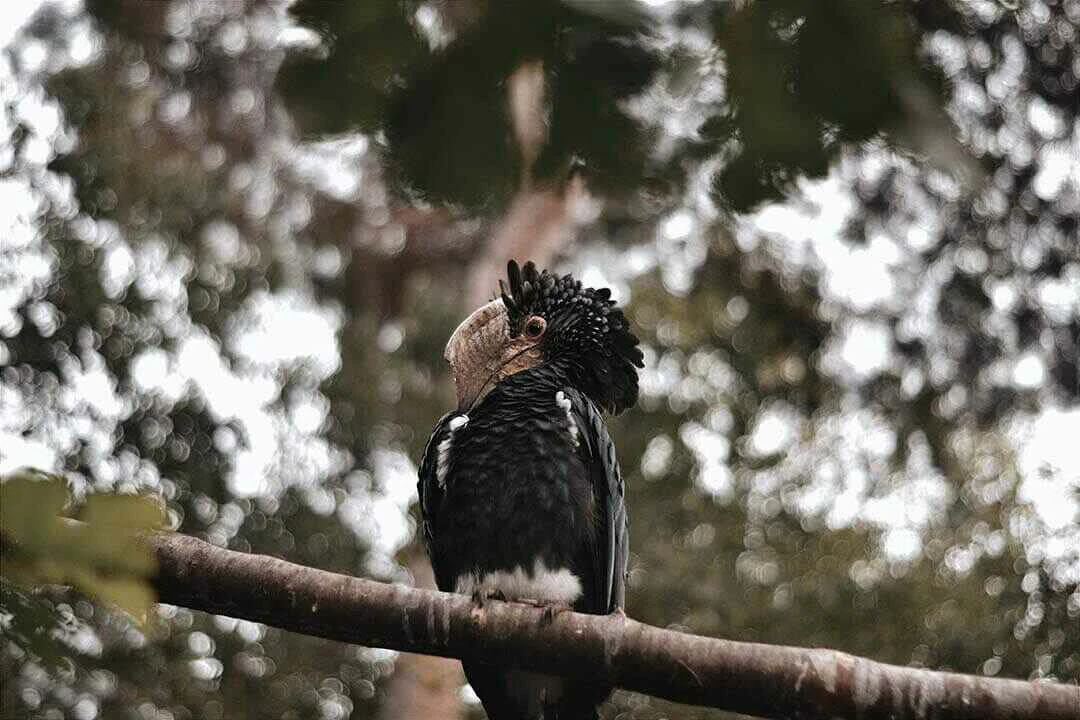
Over 200 bird species have been recorded, including Aviceda cuculoides, Buteo oreophilus, Francolinus jacksoni, F. psilolaemus and Tauraco hartlaubi. Nectarinia johnstoni is found on the high peaks, foraging largely on lobelias, while other montane sunbirds (including Nectarinia tacazze, N. reichenowi, N. famosa and N. mediocris) are common at slightly lower altitudes.
Read More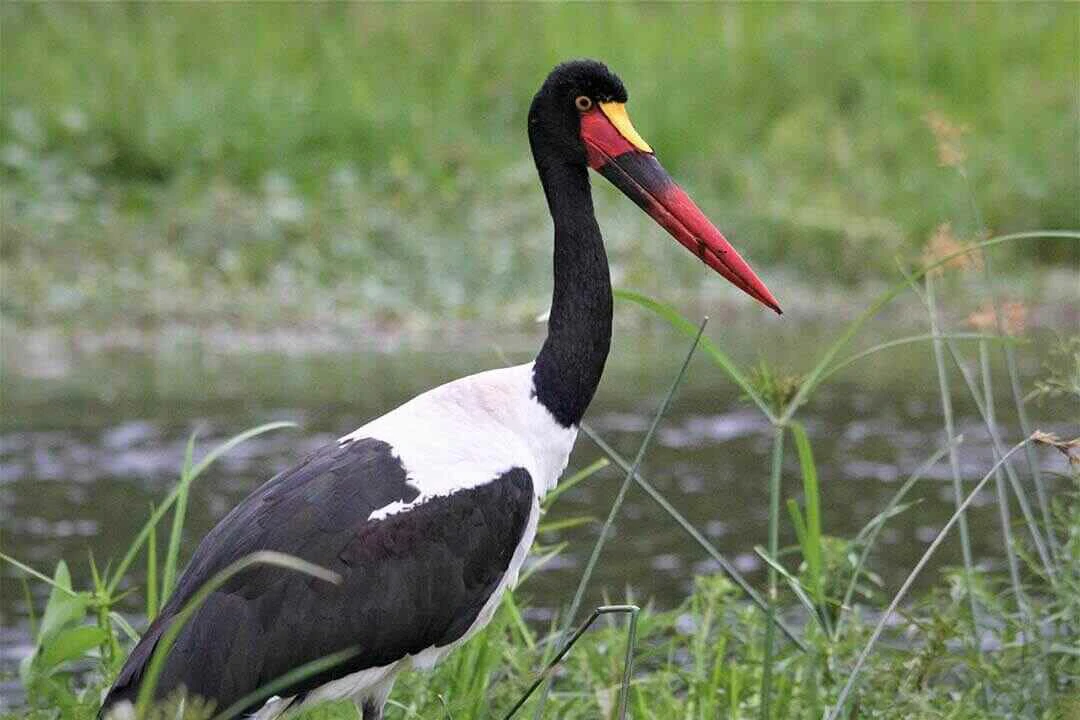
Some 244 bird species are known from this Important Birding Area. The area is important as the southern limit of many Sudan - Guinea Savanna biome birds. The most interesting species known from this little explored region is the submontane sunbird Nectarinia preussi of the Afrotropical Highlands biome.
Read More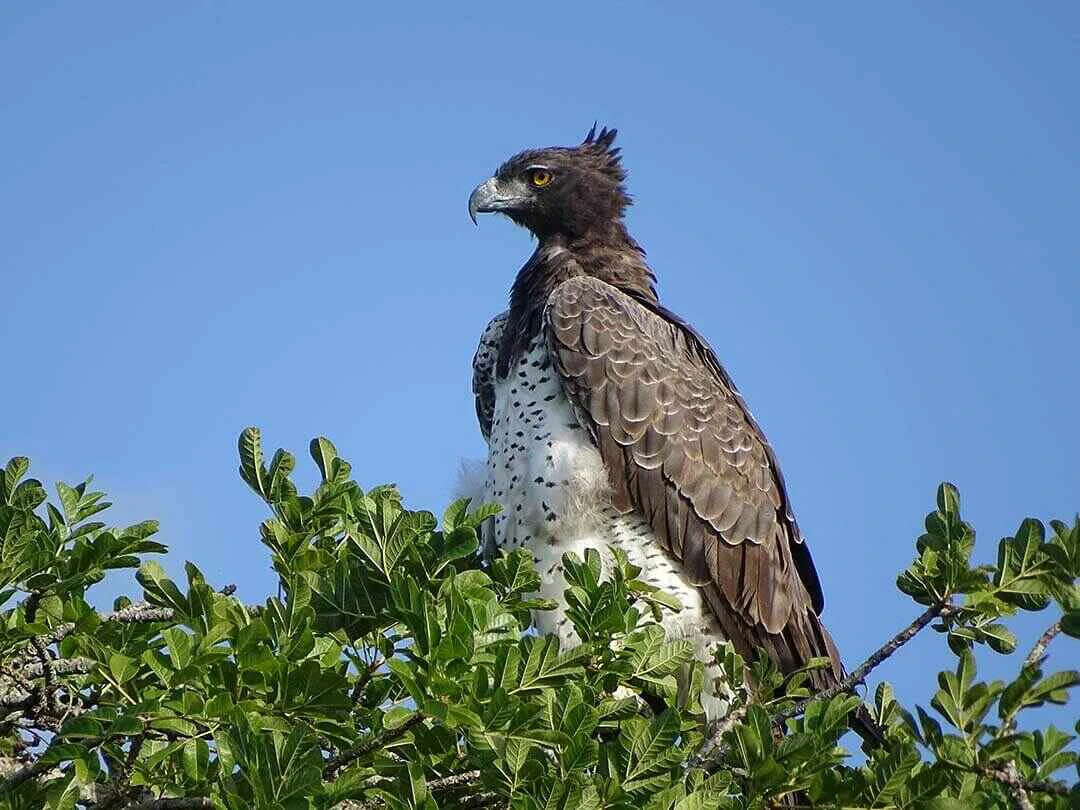
At least 16 bird species occur in Kakamega but nowhere else in Kenya, and another 30 (such as Psittacus erithacus) are probably now confined to this site. The grassy glades have their own distinctive avifauna, with many moist-grassland species that are now rare elsewhere in western Kenya. Regionally threatened species include Circaetus cinerascens (fairly common resident), Hieraaetus ayresii (relatively abundant),
Read More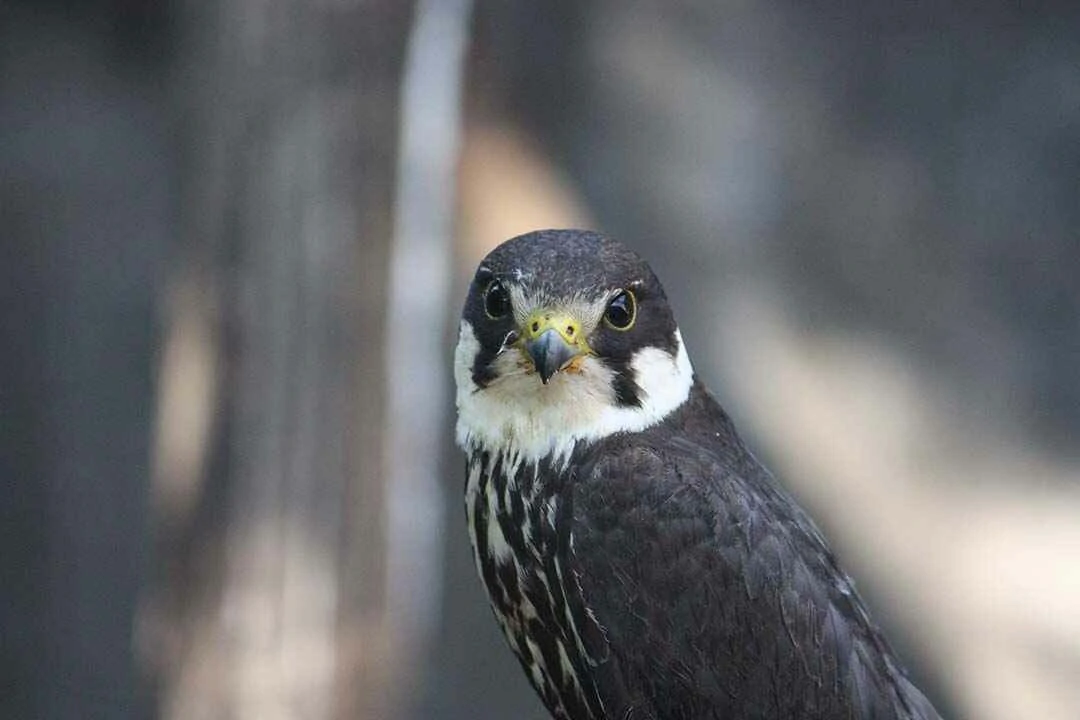
This is probably the world stronghold of Macronyx sharpei, a threatened Kenya bird endemic. The species is confined to grassland, preferring short-grass fields with tussocks, and in good habitat occurs at densities of 0.8 individuals/ hactares. Cisticola aberdare is thought to occur in the higher parts of the plateau, close to the Aberdare mountains,
Read More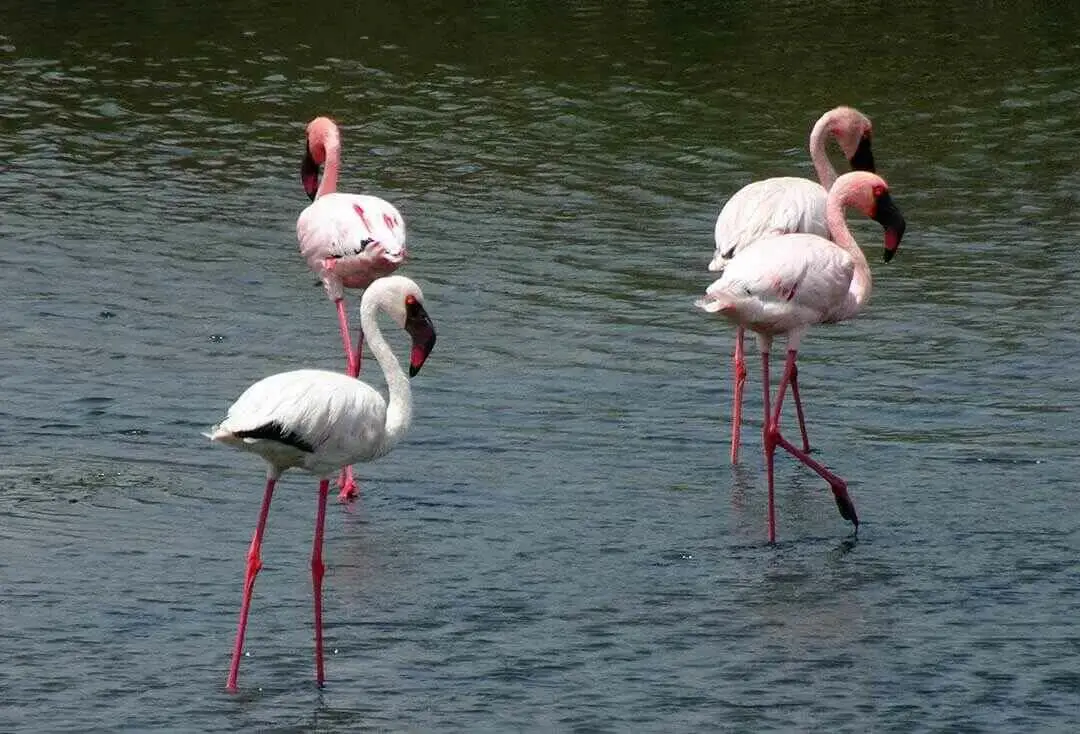
Lake Elementeita is home to 13 globally threatened bird species and some of the highest bird diversities in the world. Due to the assemblage of various birds of conservation concern, such as the threatened, range-restricted Grey-crested Helmet-shrike nearly threatened which occurs in the surrounding woodland where it may be resident.
Read More
Bird life is concentrated at the lagoons. Phoenicopterus minor is often present in internationally important numbers though Magadi is a much less significant feeding site for this species than Bogoria or Nakuru.
Read More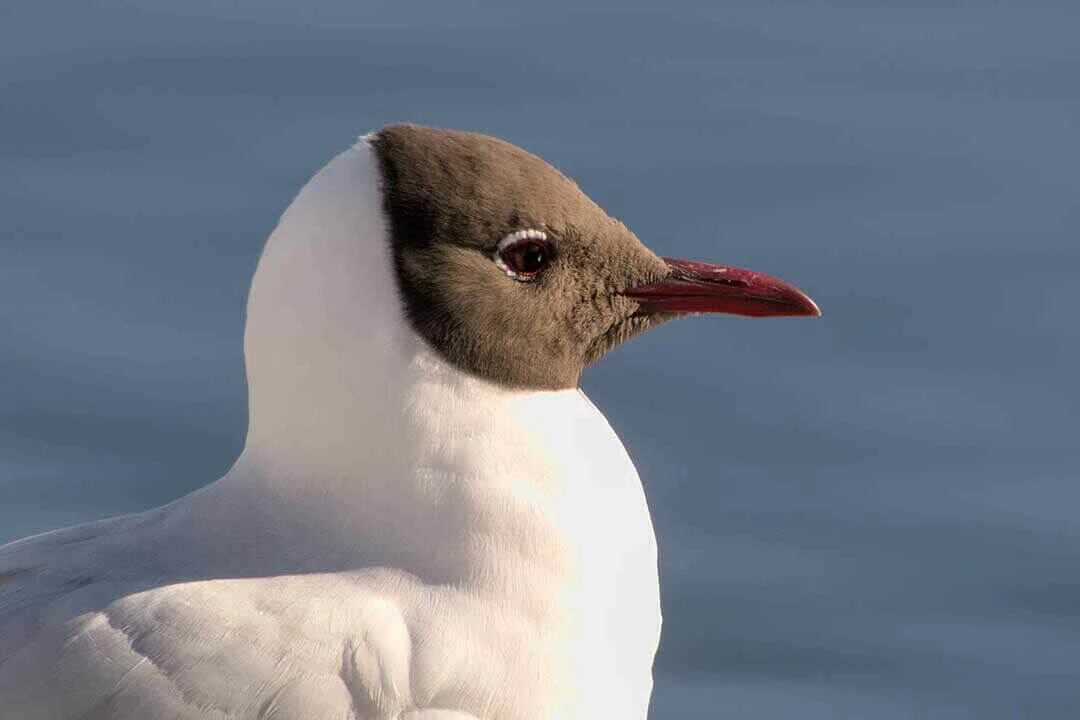
The lake is internationally famous for its populations of Phoenicopterus minor; numbers can reach 1.5 million at times, though drastic and unpredictable fluctuations occur. Undoubtedly Nakuru is a very important feeding site for this species; attempts by flamingos to breed here have not been successful.
Read More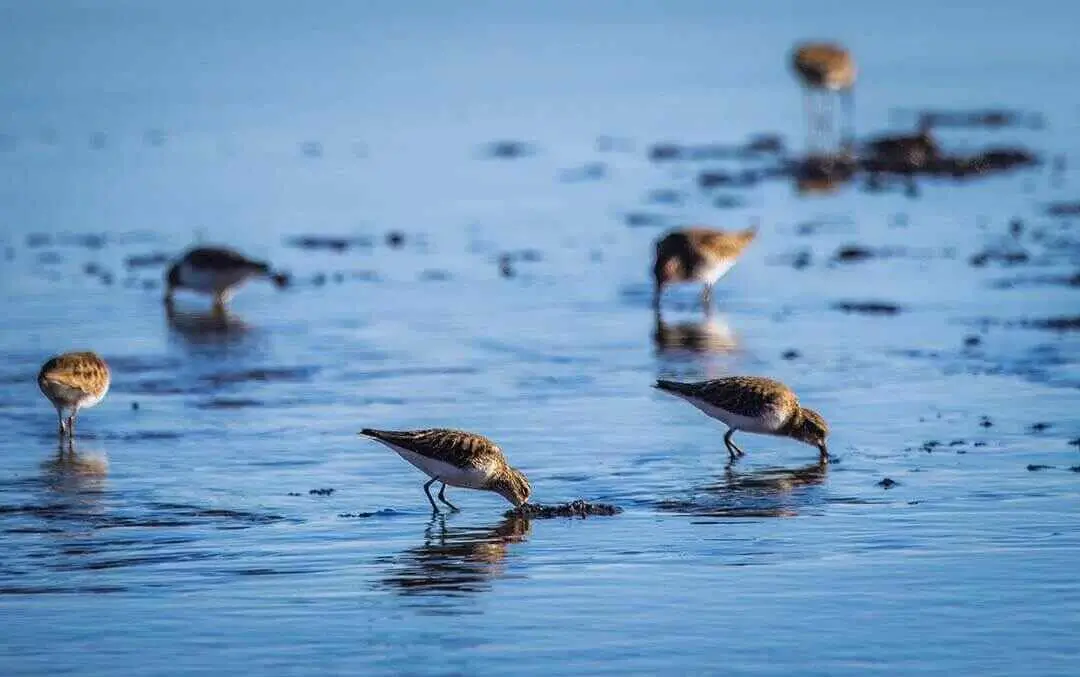
Turkana is an extremely important waterbird site: 84 water bird species, including 34 Palearctic migrants, have been recorded here. Over 100,000 Calidris minuta may winter, representing more than 10% of the entire East African/South East Asian wintering population.
Read More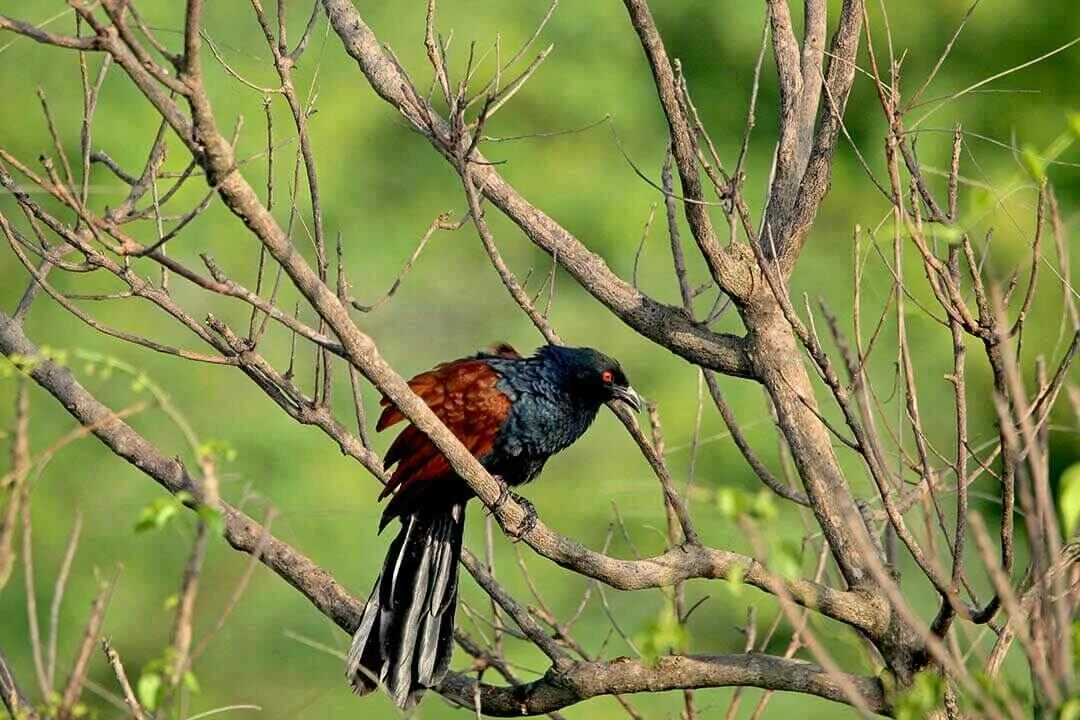
The Mara's extensive grasslands are a stronghold for the threatened, migratory Crex crex and the near threatened, restricted-range Euplectes jacksoni. The woodlands around the reserve are probably the centre of abundance for the threatened, restricted-range Prionops poliolophus.
Read More
A number of regional endemics occur such as Tauraco hartlaubi and the restricted-range Cisticola hunteri and Francolinus jacksoni. Regionally threatened species include Hieraaetus ayresii (scarce and local), Stephanoaetus coronatus (resident in small numbers), Tyto capensis (no recent records), Bubo capensis, Glaucidium tephronotum (fairly common), Indicator exilis, Sheppardia polioptera (uncommon and local), and Campephaga quiscalina (uncommon resident).
Read More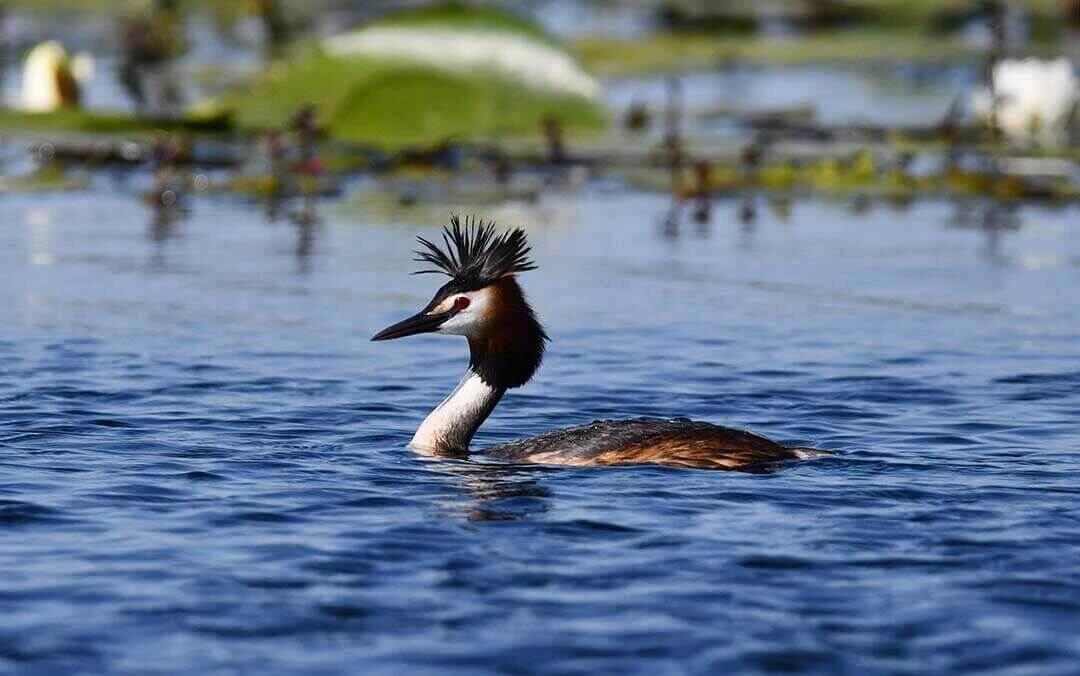
Key species here include Macronyx sharpei and Cisticola aberdare both known to occur, but their current status and distribution within the Important Bird Area are unknown. Falco naumanni is a formerly regular Palearctic passage migrant, and Gallinago media is an uncommon Palearctic winter visitor.
Read More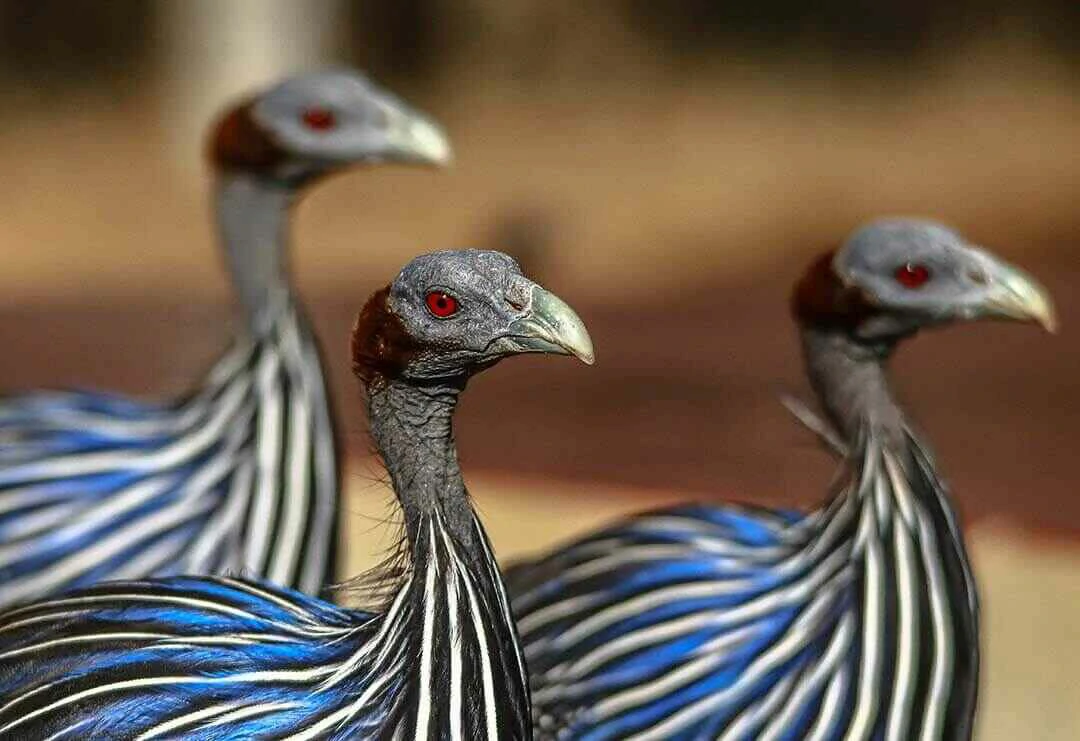
Meru offers good bird watching throughout the year, but the best time is from November to April when the migrants from Europe and North Africa are present. This coincides with the breeding season when many species are nesting. Although good for birding, April tends to be very wet and is a less productive time for wildlife viewing.
Read More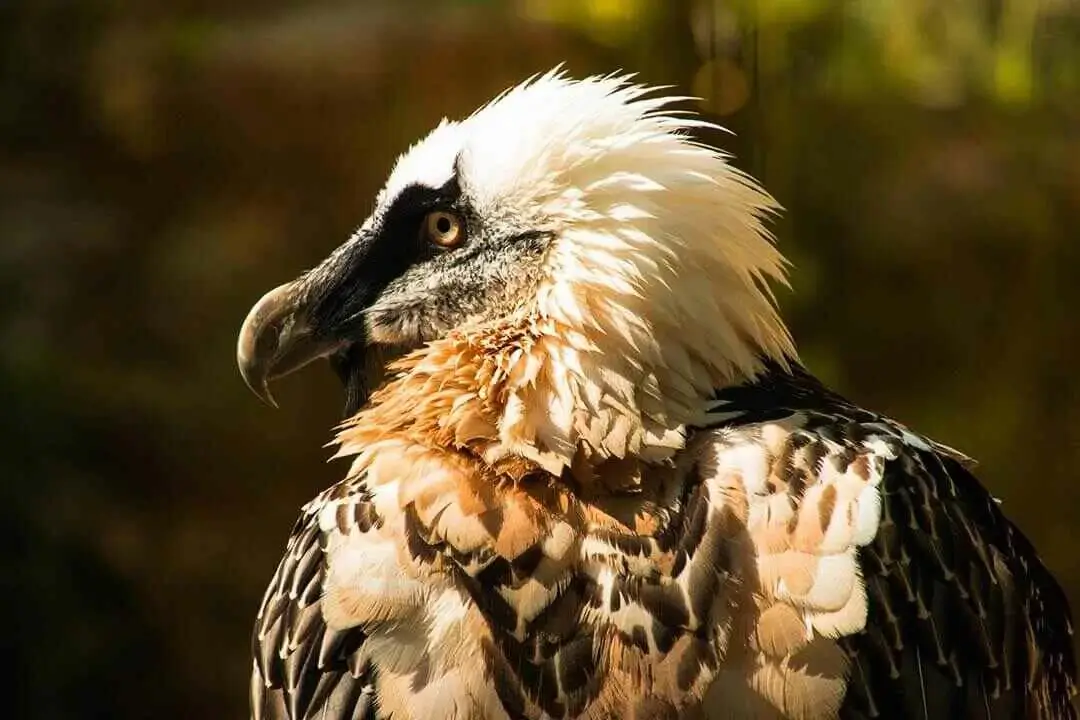
Mount Elgon National Park is home to 305 species of birds most of which are only found, Jackson's and Moorland Francolins, endemic to Kenya, Hartlaub's Turaco, Black-collared Apalis, and Streaky-headed Seedeater.
Read More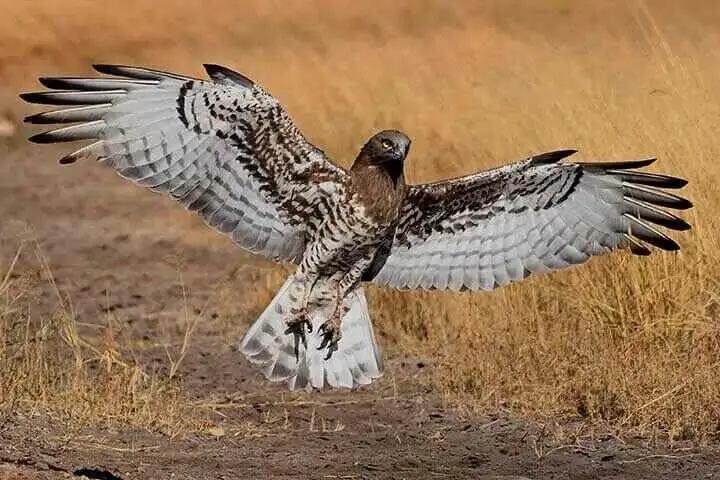
Mount Kenya National Park is home to 305 species of birds most of which are only found, Jackson's and Moorland Francolins, endemic to Kenya, Hartlaub's Turaco, Black-collared Apalis, and Streaky-headed Seedeater.
Read More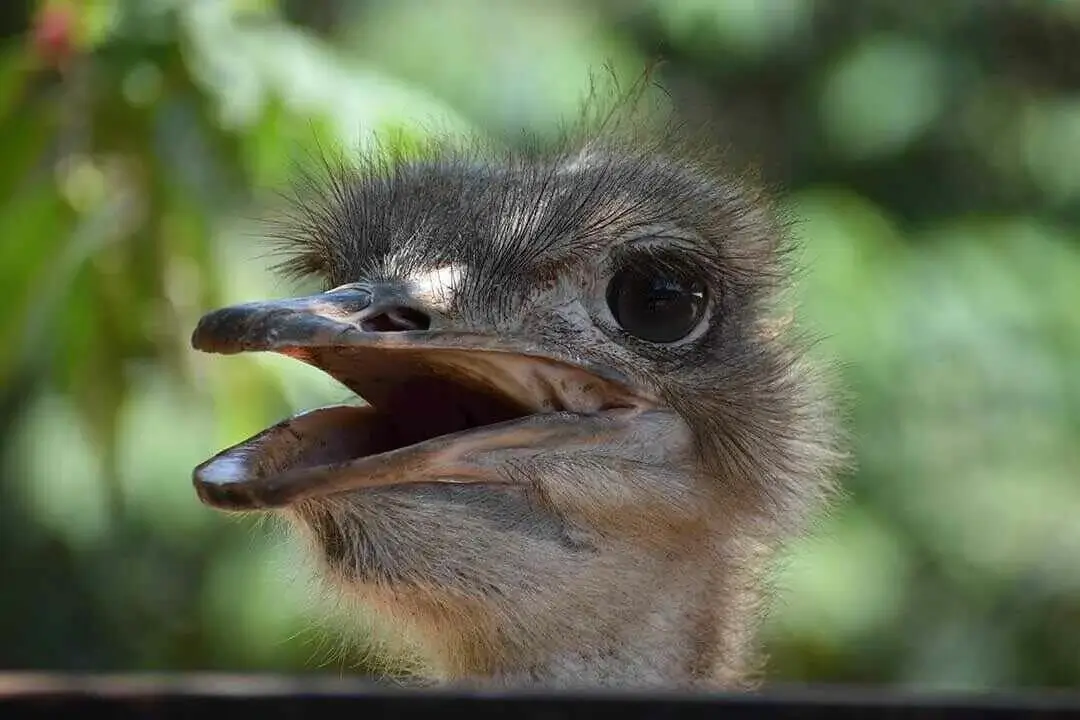
Nairobi National Park is an important roosting site for Falco naumanni flocks on passage (up to 5,000 have been recorded), although numbers have declined markedly in recent years. The substantial area of undisturbed grassland is of great importance for species such as the restricted-range Euplectes jacksoni, which breeds here regularly after good rains
Read More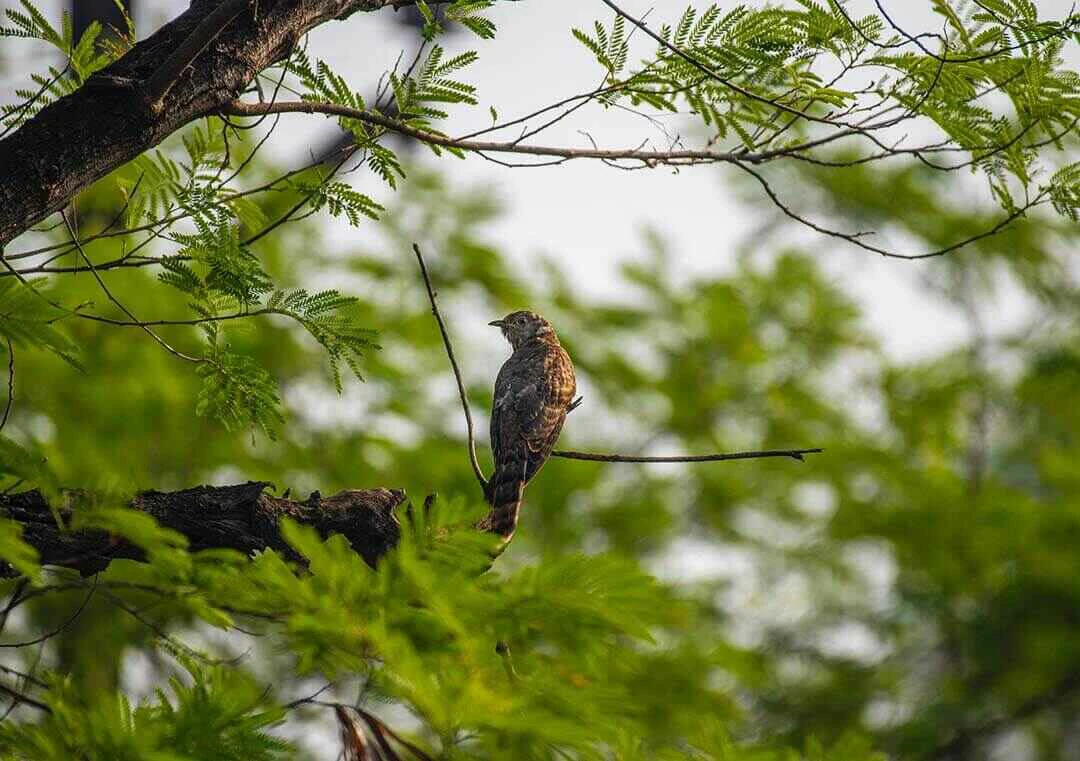
Ruma National Park is a birding destination with over 400 species of birds recorded in the park, making it an important bird area, the rare intra African migrant, the blue swallow is one such avian species.
Read More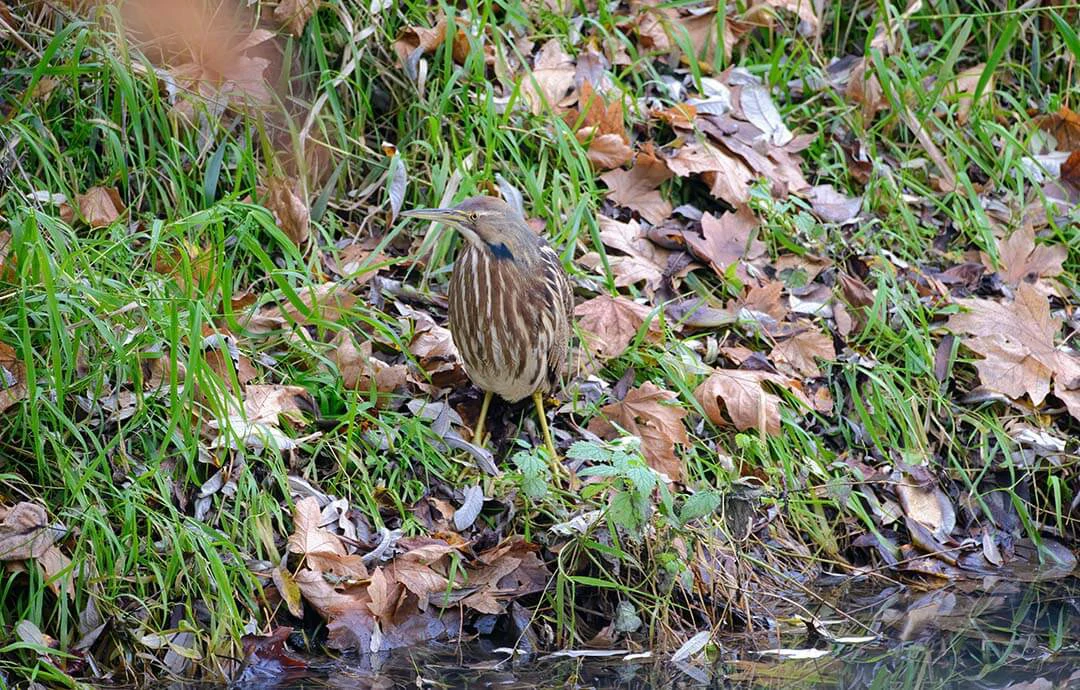
Saiwa National Park Birds include, Dwarf Bittern, Western Reef Heron, Goliath Heron, African Fish Eagle, African Marsh Harrier, Bat Hawk, Wahlberg's Eagle, Allen's Gallinule, African Green Pigeon, Ross's Turaco, Blue-headed Coucal, Narina Trogon, Abyssinian Roller, Mustached Green Tinkerbird, Slender-billed Greenbul, Grey-winged Robin-Chat, African Thrush, White-browed Crombec, Black-throated Apalis, Black-throated Wattle-eye, African Blue Flycatcher, Brown Flycatcher, Yellow-billed Shrike, Marsh Tchagra, Bronze Starling, Heuglin's Masked Weaver, Hartlaub's Marsh Widowbird Black-bellied Seedcracker
Read More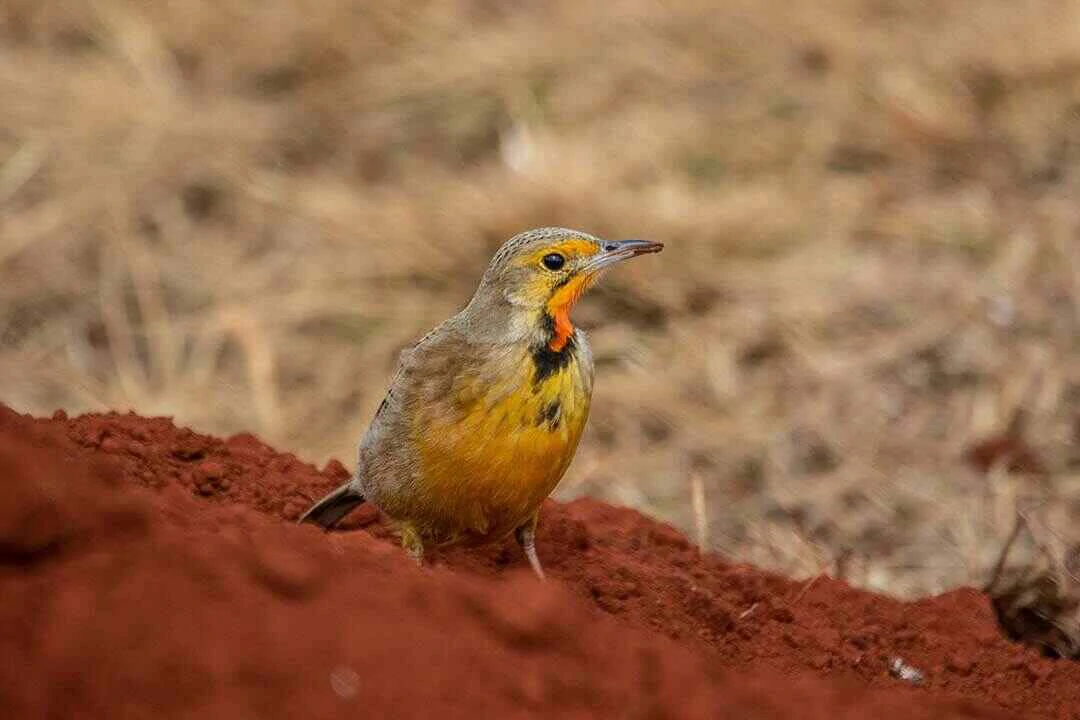
Tsavo East National Park is the one of the best birding safari destination in Kenya and the entire East African region. It has many dry- country specials which are easy to spot, including the bravura golden- breasted, golden pipit and the Vulturine Guinea fowl. The park is also south most known for the Somali ostrich.
Read More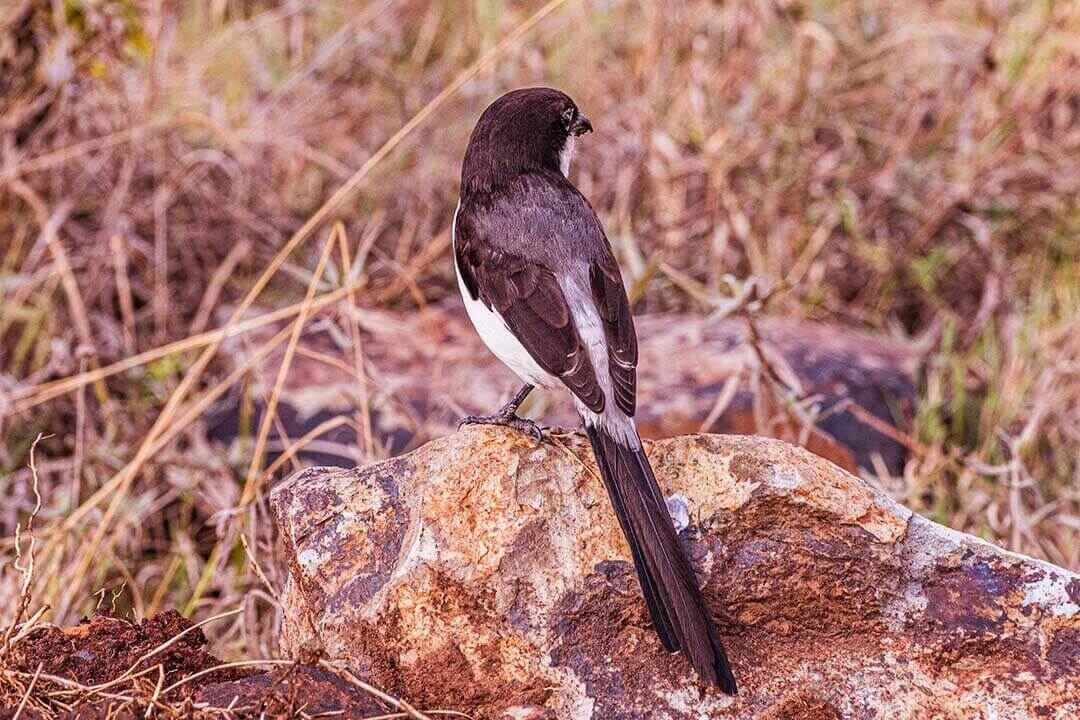
Tsavo West has a rich avifauna. The enigmatic, Near Threatened Mirafra pulpa has been recorded singing and displaying in years of good rains, and presumably nests here. Tsavo West forms part of a corridor of natural habitat in eastern Kenya through which vast numbers of Palearctic birds migrate, especially in November and December.
Read More